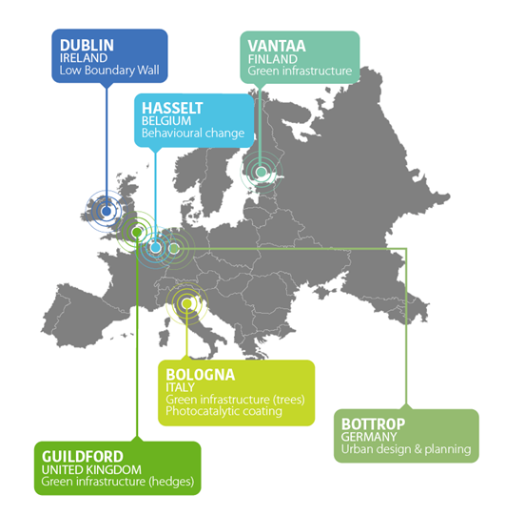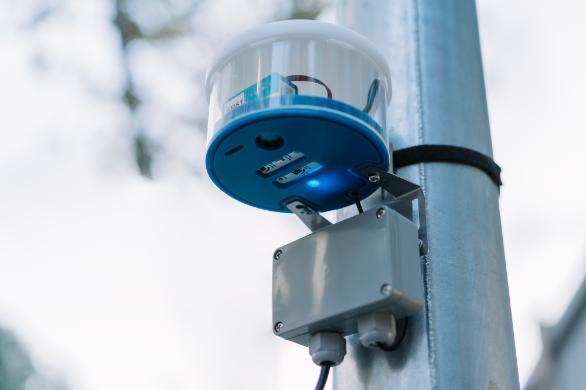Summary
The iSCAPE project advanced the control of air quality and carbon emissions in European cities. It brought together a wide range of stakeholders – including citizens, environmental agencies and policymakers – to co-design nature-based and behavioural solutions to the problem.
This approach had environmental and health impacts by providing evidence on effective air pollution control measures, informing a wide range of guidelines across Europe. It had social impacts by involving citizens and other stakeholders in research activities, raising awareness of air pollution and its impacts. And it had technological impact by developing new low-cost sensors to empower local communities.
Research description
 Air pollution is one of society’s greatest challenges, killing around 7 million people every year. 400,000 of these premature deaths are in Europe. Every day, 9 out of 10 people breathe air with high levels of pollutants. Air pollution also contributes to climate change and causes a range of environmental effects, like acid rain, ozone depletion, and damage to crops, forests and wildlife. Addressing this challenge requires a concerted effort across society.
Air pollution is one of society’s greatest challenges, killing around 7 million people every year. 400,000 of these premature deaths are in Europe. Every day, 9 out of 10 people breathe air with high levels of pollutants. Air pollution also contributes to climate change and causes a range of environmental effects, like acid rain, ozone depletion, and damage to crops, forests and wildlife. Addressing this challenge requires a concerted effort across society.
The iSCAPE project, coordinated by Associate Professor Francesco Pilla, was a European research project that worked on advancing the control of air quality and carbon emissions in European cities. It tackled the problem by studying policy interventions, behaviour changes of citizens’ lifestyles, and “Passive Control Systems” (PCSs) — things like trees, hedges and coatings that can affect air pollution without using any power. Crucially, the project pioneered a “co-design” approach, developing solutions with a wide range of stakeholders using a so-called “living lab framework”. This means collaborating with citizens and decision-makers to develop and trial measures in real places. The work was carried out in 6 fully operating European cities, demonstrating the effectiveness of bottom-up approaches compared to more traditional top-down approaches to tackling pollution.
The team looked at different measures in each city:
- Bologna, Italy (trees and photocatalytic coating)
- Bottrop, Germany (urban design and planning)
- Dublin, Ireland (low-boundary walls)
- Guildford, UK (hedges)
- Hasselt, Belgium (behavioural interventions)
- Vantaa, Finland (green roofs and walls)
These studies were enhanced by scientific simulations to evaluate the measures at three different scales: the street, the neighbourhood, and the urban scale. iSCAPE also looked at how successful these measures would be in future climate scenarios, which enabled the team to develop air pollution control strategies that are effective in the short and the medium-long term.
This combination of approaches allowed Dr Pilla and colleagues to produce robust scientific results (over 50 peerreviewed publications) and leverage the support of the wider community (over 100 citizens actively involved in producing the evidence) to influence policymakers to put the findings into practice.
 Technological impact
Technological impact